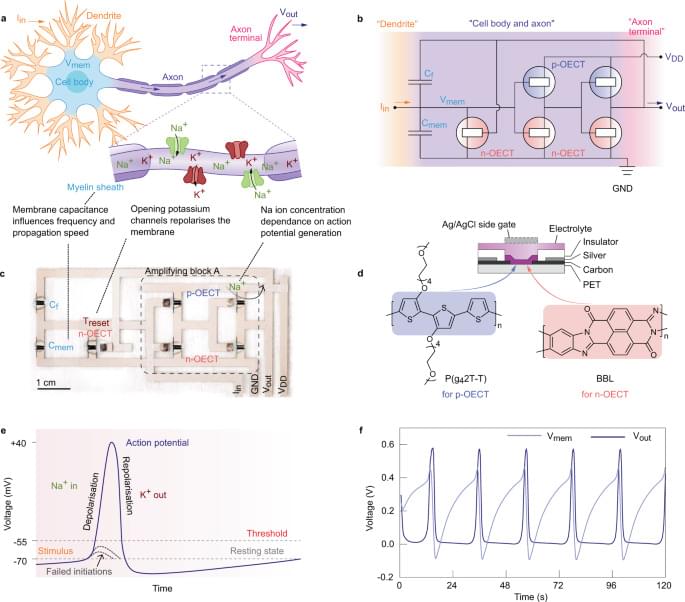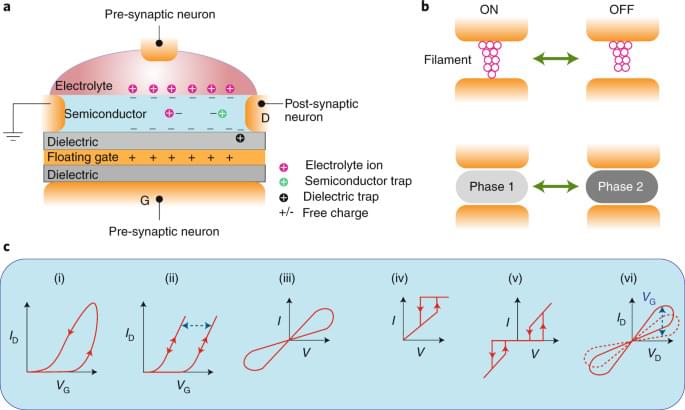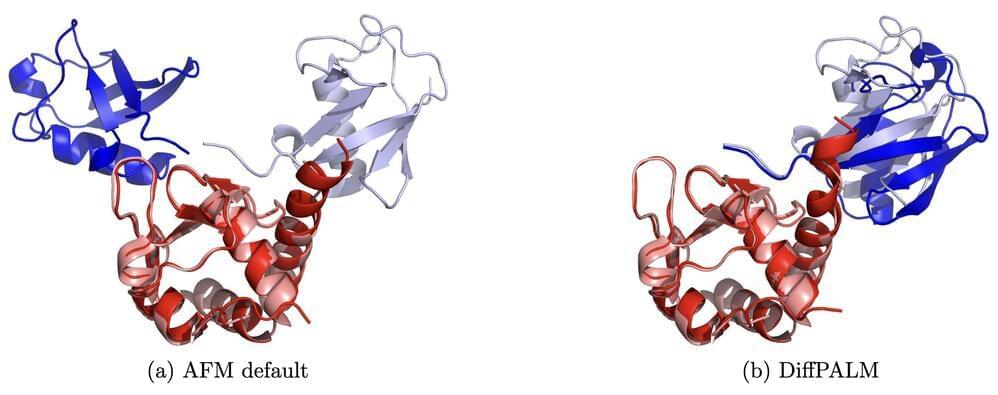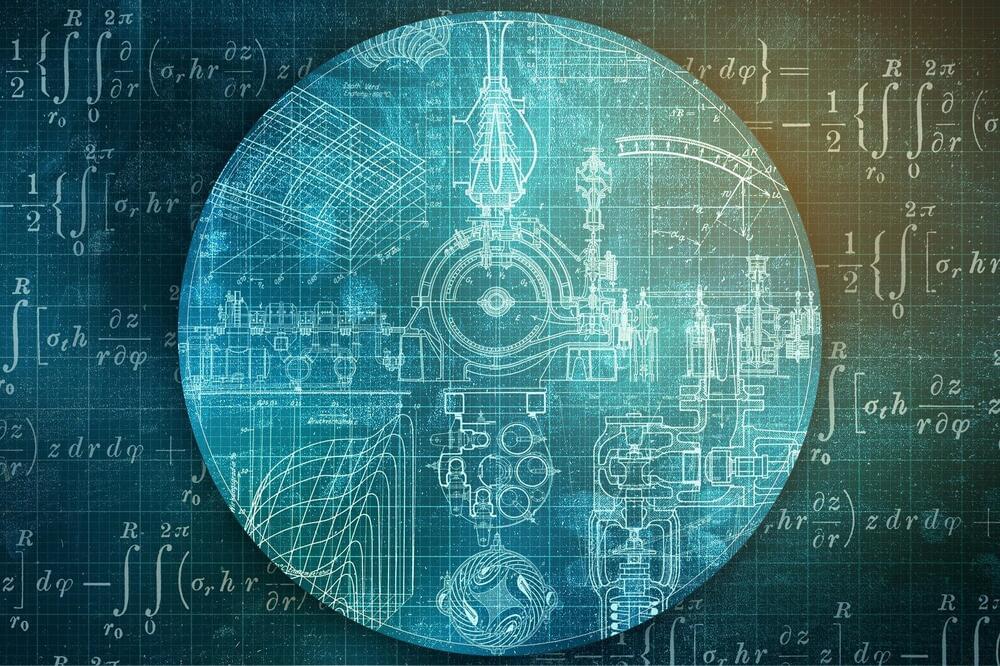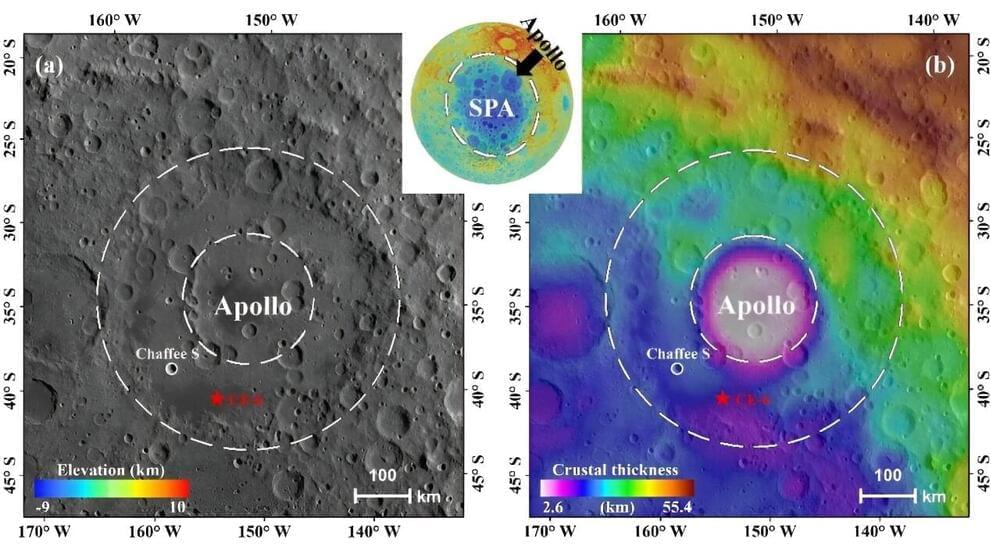The detailed calculations demonstrate that black holes of 10 solar masses may comprise at most 1.2% of dark matter, 100 solar mass black holes—3.0% of dark matter, and 1,000 solar mass black holes—11% of dark matter.
“Our observations indicate that primordial black holes cannot comprise a significant fraction of the dark matter, and simultaneously, explain the observed black hole merger rates measured by LIGO and Virgo,” says Prof. Udalski.
Therefore, other explanations are needed for massive black holes detected by LIGO and Virgo. According to one hypothesis, they formed as a product of the evolution of massive, low-metallicity stars. Another possibility involves mergers of less massive objects in dense stellar environments, such as globular clusters.
